Tips:
1) Move your whole head to check blind-spots. When your eyes move to focus on one point then another point, you brain shuts off the processing while the eyeball is moving, in a process known as a saccade. Specifically, a type of saccadic masking known as "suppression of image displacement"[1,2] means you're unable to determine whether a target has moved or not during the saccade. The result of this is that you might see and notice and be completely aware of a motorbike, and yet still misjudge its speed or change in direction.
But there are some pretty simple things you can do to avoid this problem. Saccadic masking happens when your eyes move, but it _doesn't_ happen when your head moves while you focus on something. So move your head! Get in the habit of leaning forward to check your mirrors instead of just glancing at them. Even as little as a few centimetres of movement is enough to significantly increase the likelihood that you'll see me. If you can move side to side too you'll also increase the amount of parallax you observe to any object you're seeing. Your brain will then be better able to visualise the three-dimensional shape you're seeing, and pattern match it as a moving thing rather than an unimportant patch of texture.
2) Don't try to hide your phone usage. We know you're doing it. And we know far earlier than you think we do - sometimes as far out as 100m away we can tell because you'll stop performing the microcorrections you do innately when you are paying attention. You'll drift slowly to one side of a lane and then you'll over-react to correct that when you do look up again. The vast majority of mobile-phone detection police are using motorcycles too, and so they also know what you're up to, and they also won't be fooled by you hiding it between your thighs or in the centre console. In NSW at least, mobile phone detection cameras are also a thing. From my point of view as a motorcyclist, I'd much prefer you mount your phone in clear view up near where you're looking anyway. At least then you still have the benefit of peripheral vision of the road, whereas if you're bending your head downwards you lose that too.
3) Driving around sunrise or sunset. If you can see your car's shadow, then you probably can't see me. When the sun is behind you and low to the horizon, the contrast is reduced and it's again harder to detect motion. You can compensate for this by moving your head side to side to increase the amount of parallax you observe to objects ahead of you, and also potentially cause changes in the contrast level which themselves increase your ability to perceive objects. All motorbikes in Australia have their headlights permanently wired on, and in low visibility there's a good chance I'll be riding with my highbeams on too just so you can see me better (one tiny motorcycle headlight is not going to blind you - it's far less bright than those HIH dazzlers that are all the rage these days!)
My Part:
1) The SMIDSY Avoidance Manoeuvre. One of the most common motorbike accidents occurs when a car waiting at a T-intersection pulls out in front of an approaching motorbike that has the right of way. I've had many experiences of looking directly into a driver's eyes as they look at me and yet still completely fail to see me. The driver inevitably then says "Sorry mate, I didn't see you!", hence the acronym; SMIDSY. To avoid this, if I see you waiting to pull out, I will start wiggling left to right and back again across the width of my lane. If there's room, I might even change lanes too. If it's possible, I'll even aim directly towards you so my headlights (always on) shine in your eyes. This is the SMIDSY Avoidance Manoeuvre, and it has definitely saved my skin on multiple occasions. Whenever it works, I'd appreciate a wave of recognition as I pass!
2) Drop a gear, I'm outa here. I have a cheap, low power motorbike with one of the smallest engines on the market. And yet it can hit 80km/h in first gear. And more importantly, I can double or halve my speed (from any "normal" starting speed) in under three seconds. So if I see you driving badly, being inattentive, or otherwise posing a threat to me, the safest way for me to get away from that dangerous situation is to drop a gear and zoom past you into the horizon. Without starting argument about speed vs safety, most motorcyclists agree that to maximise our safety on the road sometimes requires breaking the speed limit. And if you've ever done downhill skiing you'll appreciate that it is far easier to avoid other moving objects if you're going 20% faster than them too. So yes, for a few short seconds I'm going to zoom away rapidly, find some clear road again, and return to a normal sort of speed.
3) Create salience. Salience is a word meaning the quality of being noticeable. If you don't see me, I'm dead. So I _want_ to be noticed. And not through obnoxiously loud exhaust pipes, but through driving in a way that ensures you're forced to notice me. So I will change lanes more often than might seem necessary. I'll deliberately move around in my lane to the point that you might think I'm drunk (but hey, you're thinking about me, right?) I'll speed up and slow down unnecessarily. And I'll deliberately steer towards you while you're waiting at an intersection to pull out into my lane so that my lights shine in your eyes. What I _won't_ do is ride at a constant speed in a straight line. I need to create novelty and weird motions that force you to see me. I'm not drunk, just trying to keep you interested!
Requests:
1) Skatepark rules. If you stand and watch a busy skatepark, you'll see hordes of skaters flowing back and forth without crashing - until one young kid moves differently and everything stops (or they get skittled...) Why? Because there's an unwritten law that you ride the "lines"; the 10-30 second long flow of moves and obstacles that naturally fit in the rhythm of the park. A good skatepark, much like a sensible road, is designed so that there's a variety of lines but they don't intersect. Ultimately the rules of a skatepark devolve to "do what everyone else does". By being normal, you're predictable. And by being predictable, I can get out of your way quickly or position myself so you can see me. If I can predict what you're likely to do next, I'll make sure that I'm not there!
2) Staggered formation please! When you stop at traffic lights, try to avoid having your wing mirrors line up with the car next to you. When a motorcycle wants to lane filter up to the front of the traffic (which is completely legal in Victoria and some other states, in case you were unaware!) they can get through some pretty narrow gaps. But your mirrors are likely at about the same height as my handlebars, which are the widest point on the bike. So if you're staggered and your mirrors don't line up I can just wiggle around each one. But if there's two there I'd need to tip the bike onto an angle, which will cause me to turn so there's limited opportunity to do it. Even 10-20cm of displacement between mirrors is enough for me to get through.
3) Stay still. Again when you're at the lights, if I'm trying to get past you I'll have worked out in advance how I'm going to manoeuvre around you, and the most annoying thing you can do is to think you're helping by moving a little bit! It's like when you're trying to teach kids to wait for cars when crossing the road, and the helpful lady stops for you and waves you past so you have to instead teach a lesson about how not all humans are nice. I get that you're trying to help! But please just don't!
4) Turn your lights on. Most modern cars do this automatically, but in any case there's essentially zero harm in leaving them on permanently and only benefits to your visibility.
5) Consider widening your wing-mirror angles. You'll need to practice and get used to the change (and agree with anyone else who uses the vehicle!) but the "Blindzone Glare Elimination" (BGE) setup[3] is considered to be safer than a traditional "move them outwards until you stop seeing your own car" method. You end up with blind spots that are narrower than the size of most motorcycles, so even though you still need to check, it's more obvious ahead of time when it won't be possible to change lanes at all.
References:
[1] https://www.londoncyclist.co.uk/raf-pilot-teach-cyclists/
[2] https://en.wikipedia.org/wiki/Saccadic_suppression_of_image_displacement
[3] https://www.nhtsa.gov/sites/nhtsa.gov/files/blindzoneglaremirrormethod.pdf
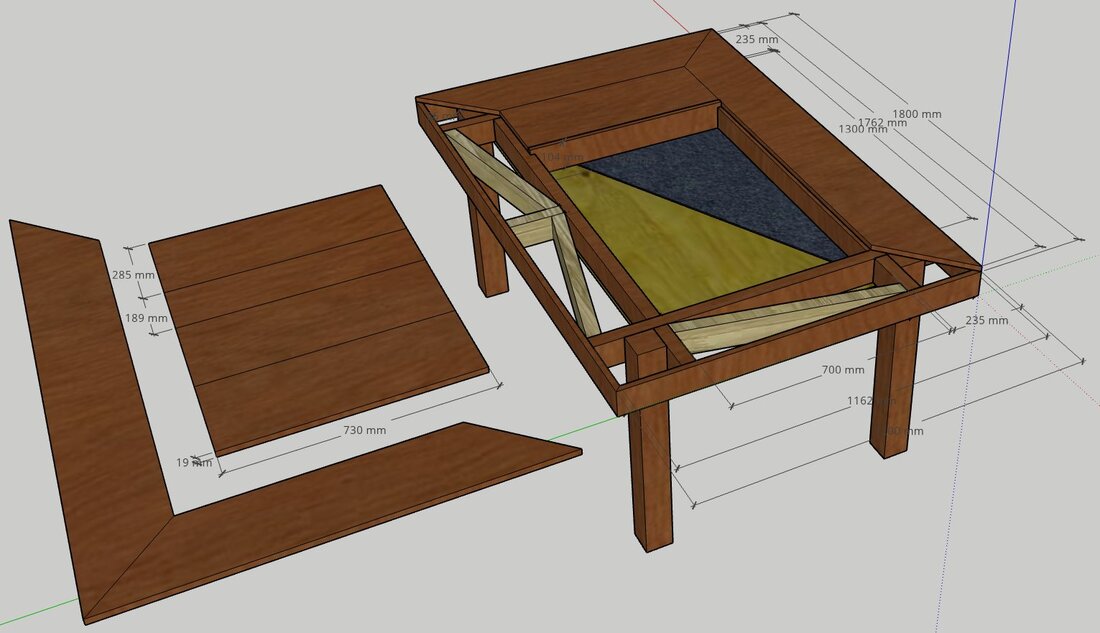
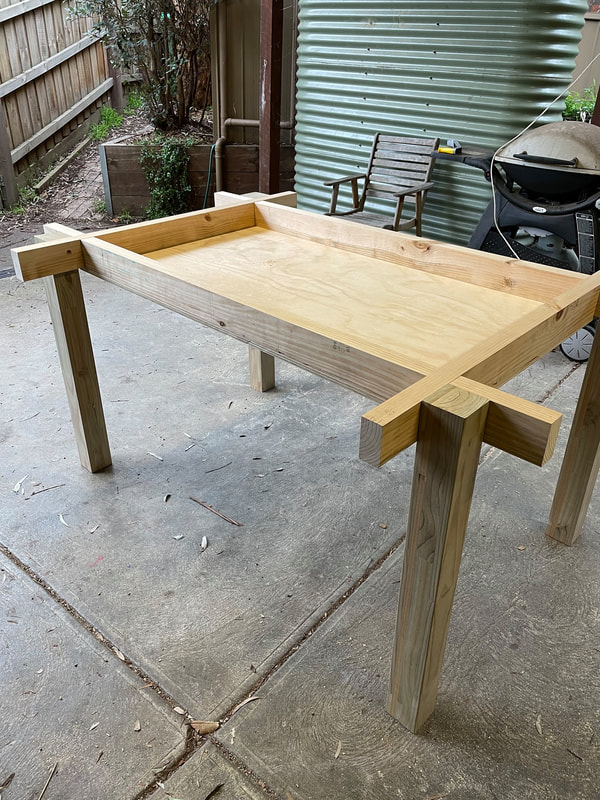

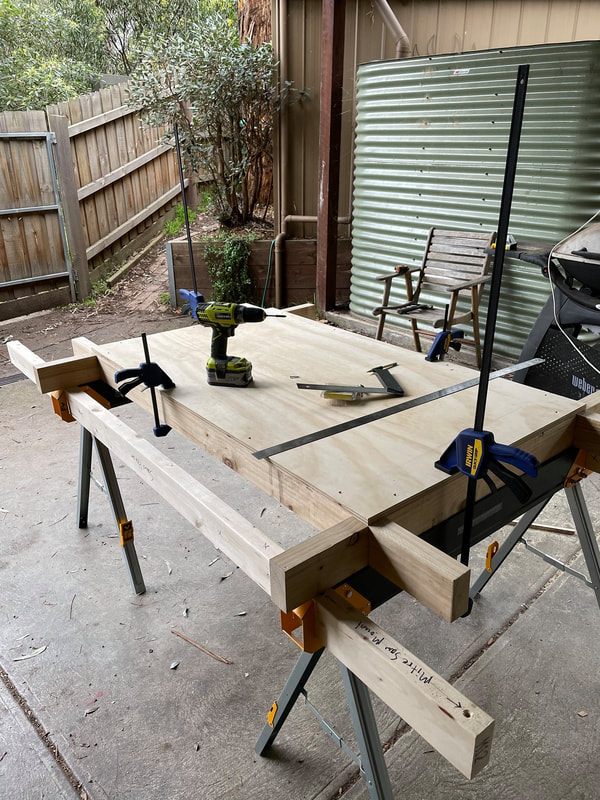

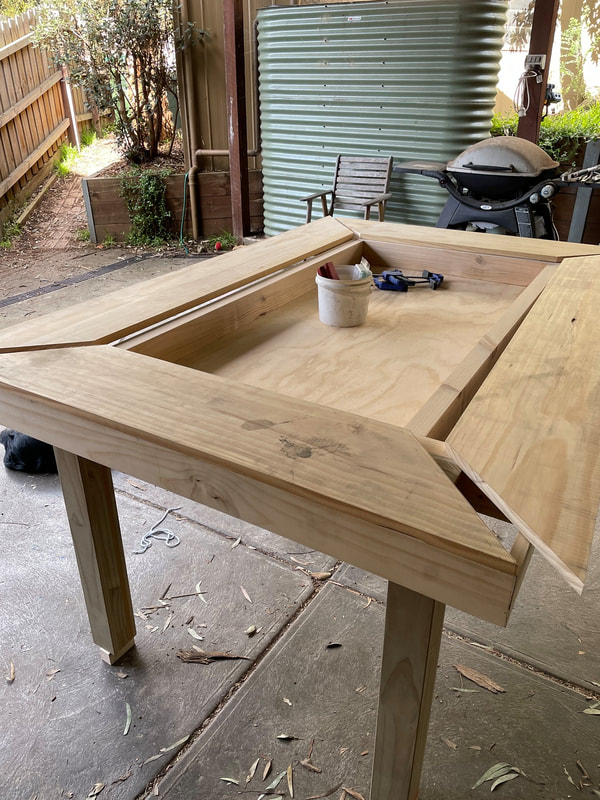


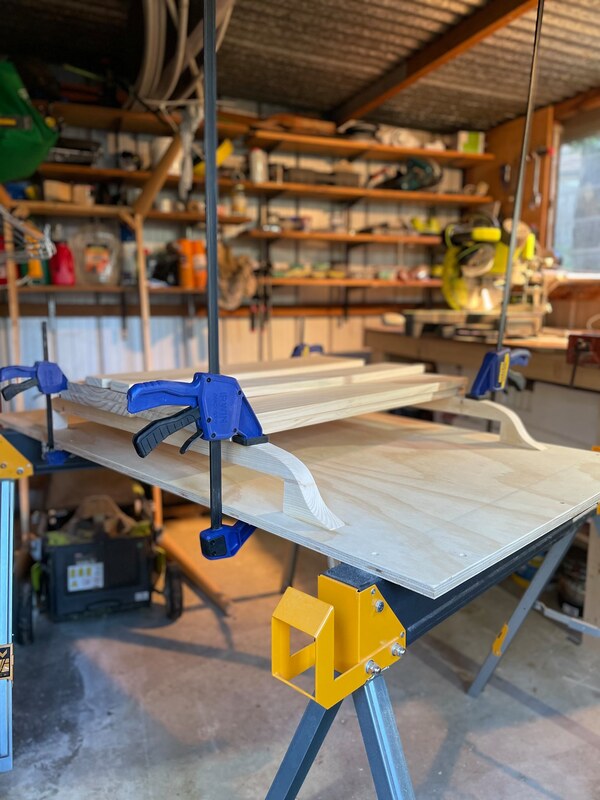



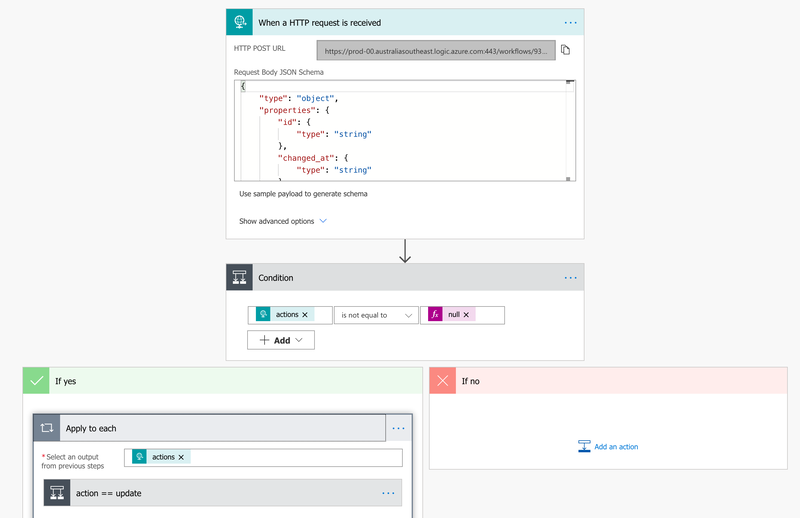
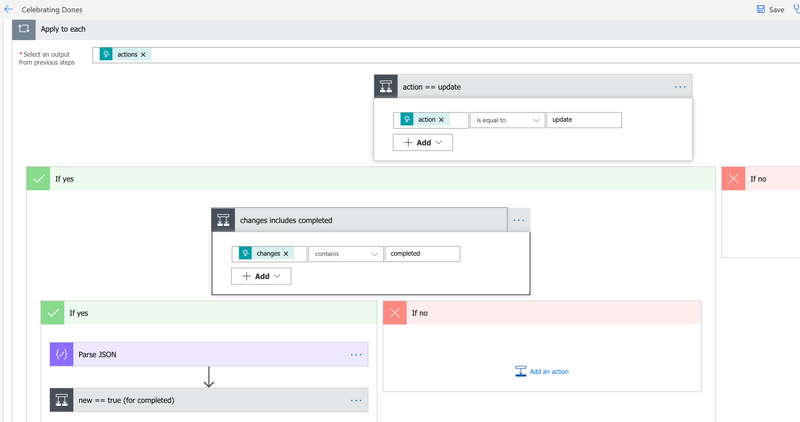
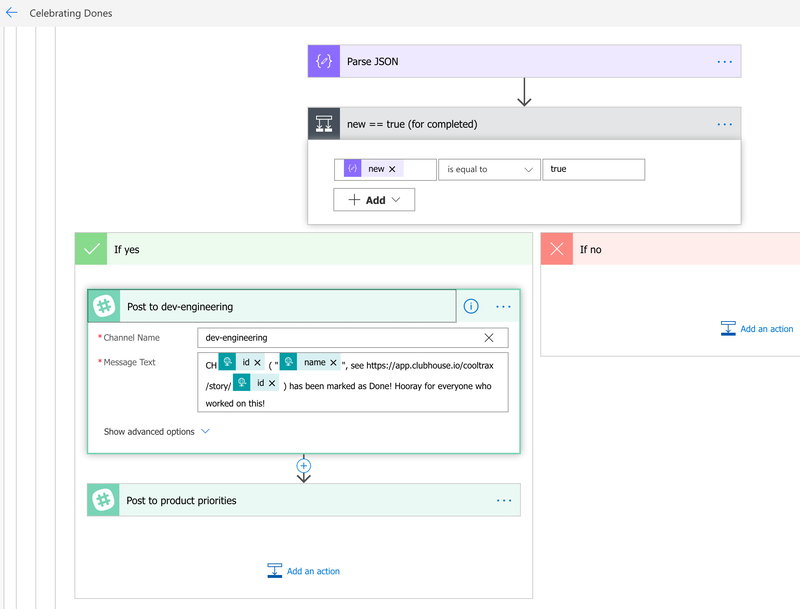

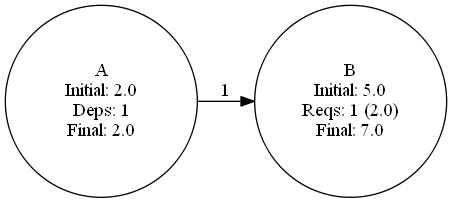
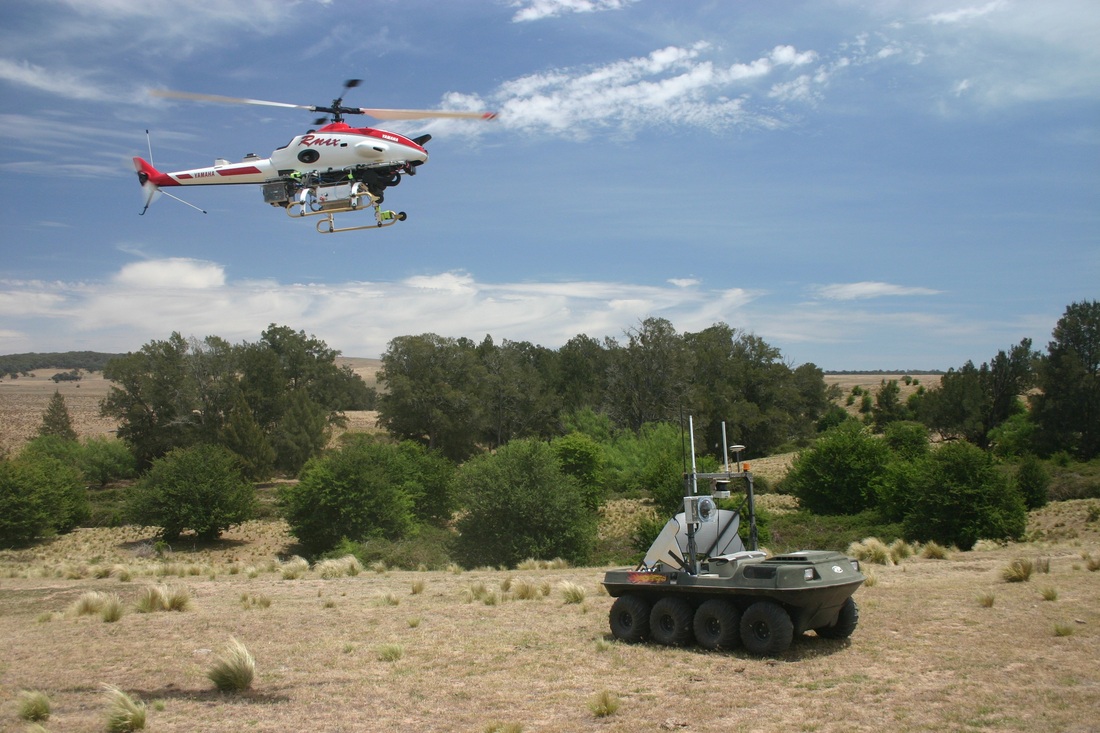


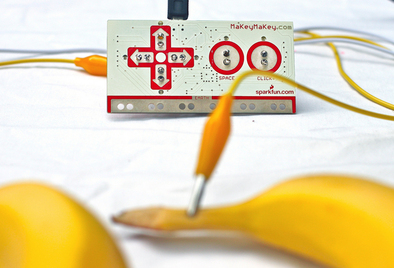
 RSS Feed
RSS Feed